Resin dioramas are a creative way to bring miniature worlds to life with stunning, glass-like effects.
Whether you dream of building tiny oceans, forests, or fantasy scenes, resin lets you add depth and realism you can’t get with other materials. Even beginners can craft impressive dioramas with a few basic tools and some imagination.
Want to learn how to make your own eye-catching resin diorama? Read more to discover easy steps, helpful tips, and inspiring ideas to get you started!
What is a Resin Diorama?
A resin diorama is a small, detailed scene made with clear or colored resin to create lifelike effects like water, ice, or glass.
Resin gives your diorama a shiny, realistic finish that makes tiny landscapes, oceans, or cities look more vivid and three-dimensional.
Why Make a Resin Diorama?
Resin dioramas stand out because they look so real and last a long time. Resin is tough and waterproof, so your mini world won’t fade or break easily.
Making a resin diorama is fun, creative, and lets you combine painting, sculpting, and crafting in one cool project.
Resin vs. Epoxy vs. Plastic: What’s Best for Dioramas?
Screen Grabbed from youtube.com - Boylei Hobby Time
When it comes to resin diorama making, you’ll see the terms “resin,” “epoxy resin,” and “plastic” a lot. Here’s what you need to know:
-
Resin: Usually refers to liquid plastics that harden into a clear, solid shape. Great for water effects and glossy finishes.
-
Epoxy Resin: A type of resin that comes in two parts (resin and hardener). It’s popular because it’s easy to mix, cures clear, and is less likely to yellow over time.
-
Plastic: Used for many model kits and miniatures. It’s sturdy but doesn’t give you the same see-through or water effects as resin.
Epoxy resin is the top pick for diorama water, ice, or glass effects. Just remember to wear gloves and work in a well-ventilated area, since all resins can be sticky and have strong smells before they harden.
📌Curious about the best way to mix your resin for perfect results? Check out this guide on dual head vs. single head resin mixers to see which tool fits your projects best.
What You Need to Make a Resin Diorama
Essential Materials
- Resin: Epoxy, polyester, or UV resin. Epoxy is the easiest for beginners.
- Molds or Bases: Silicone molds, plastic containers, or custom-built foam bases.
- Miniatures and Scenery: Trees, rocks, people, animals, or anything you want in your scene.
- Colorants: Alcohol inks, mica powders, and dyes for coloring your resin.
- Sculpting Materials: Foam, clay, balsa wood, or cardboard for building terrain.
- Tools: Mixing cups, stir sticks, gloves, masks, and tweezers.
Resiners® 26 Colors Mica Powder Set - 0.175oz(5g)/Bottle
📌Want to see all the tools in one place? Browse this collection of resin tools to make your crafting smoother and easier.
Handy Extras
- Heat gun or torch: Pops bubbles in your resin for a crystal-clear finish.
- Bubble removal machines: For bigger projects, these bubble removal machine help remove air pockets.
- Protective gear: Safety goggles, aprons, and a well-ventilated workspace.
Resiners® AirLess Resin Bubble Remover Machine
How to Make a Resin Diorama: Step-by-Step
Screen Grabbed from youtube.com - 4THECRAFT
1. Plan Your Diorama
Pick a theme—underwater, forest, fantasy, or cityscape. Decide on the scale (how big or small your miniatures will be) and sketch your layout. Planning helps you figure out what materials and miniatures you’ll need.
2. Prepare the Base
Cut and shape your base using foam, wood, or a mold. Build up hills, rocks, or other landforms with clay or foam. Paint the base with acrylics for a realistic look.
3. Arrange Miniatures and Scenery
Place your trees, people, animals, or buildings where you want them. Glue them down so they stay put when you pour resin.
4. Mix and Pour Resin
Carefully measure and mix your resin according to the instructions. Pour a thin layer first to seal the base. Let it cure, then add more layers for depth. If you want water effects, pour resin in stages—adding color or objects between layers.
5. Add Details and Effects
Use alcohol inks or mica powder for color. Add tiny rocks, shells, or plants for realism. For waves or splashes, use a toothpick or brush to shape the resin as it starts to set.
6. Remove Bubbles
Use a heat gun or torch to pop bubbles on the surface. For bigger projects, an airless bubble removal machine can save the day.
7. Let It Cure
Let your resin diorama cure in a dust-free space for the recommended time (usually 24-48 hours). Don’t rush—moving it too soon can ruin the finish.
Resiners® Patented Cure Air Resin Curing Machine
8. Finishing Touches
Once cured, remove your diorama from the mold or trim the edges if needed. Paint extra details, add grass tufts, or dry brush highlights for extra realism.
📌Want a full tutorial on a stunning mini salt lake diorama? Check out this step-by-step guide for inspiration and pro tips.
Creative Resin Diorama Ideas and Inspiration
- Ocean and Underwater Scenes: Use blue resin, tiny fish, and real sand for a beach or coral reef.
- Forest Landscapes: Layer greens and browns, add trees, moss, and tiny animals.
- Fantasy Worlds: Dragons, castles, or glowing crystals using colored resin and LED lights.
- Miniature Cities: Skyscrapers, cars, and roads under a clear resin “sky.”
- Seasonal Themes: Autumn leaves, snowy holidays, or spring gardens.
💡 Try mixing in glow-in-the-dark powder or adding LED lights for nighttime effects. Your imagination is the only limit!
Fixing Common Resin Diorama Problems
Screen Grabbed from youtube.com - 4THECRAFT
Cloudy or Sticky Resin
This usually means the resin wasn’t mixed well or the temperature was too cold. Always mix slowly and thoroughly, and work in a warm room.
Bubbles
Bubbles are common but easy to fix. Warm your resin bottles before mixing and use a heat gun or torch right after pouring.
Color Problems
If your colors look faded or bleed, use resin-safe pigments and don’t add too much. Test a small batch first if you’re unsure.
Resin Not Curing
If your resin stays sticky, you might have measured wrong or didn’t mix long enough. Scrape off the sticky parts and pour a fresh, well-mixed layer.
Repairs
Small mistakes can be fixed by sanding rough spots and adding another thin layer of resin.
Safety Tips for Working with Resin
✅ Always wear gloves and a mask to protect your skin and lungs.
✅ Work in a space with good airflow or use a fan to move fumes away.
✅ Keep food and drinks away from your crafting area.
✅ Clean up spills right away with paper towels and rubbing alcohol.
✅ If you get resin on your skin, wash it off fast with soap and water.
Conclusion
Resin dioramas are a fun way to create stunning, lifelike scenes that capture your imagination. Whether you want to make ocean waves, fantasy worlds, or tiny cities, resin brings your ideas to life with amazing depth and shine.
Interested in learning more? Don’t forget to read more guides and browse the latest resin diorama products at Resiners to take your crafting to the next level!
Frequently Asked Questions About Resin Dioramas
How to make a resin diorama for beginners?
Start by picking a small project and gathering your supplies: epoxy resin, a base, miniatures, and colorants. Plan your scene, build your base, and arrange your miniatures. Mix and pour resin in thin layers, letting each one cure before adding the next, and always work in a well-ventilated area with gloves.
What is the difference between resin and epoxy?
Resin is a general term for liquid plastics that harden, while epoxy is a specific type of resin that comes in two parts (resin and hardener). Epoxy resin is popular for dioramas because it cures clear, is easy to use, and has a strong, glassy finish.
Is resin a cheap hobby?
Resin crafting can be affordable to start, especially with small projects. The main costs are resin, molds, and basic tools, but you can reuse many supplies. As you take on bigger or more detailed projects, costs can go up, but you can control your spending by starting simple.
What material is used for dioramas?
Common materials for dioramas include foam, clay, wood, plastic, and paper for the base and scenery. For water, ice, or glass effects, clear epoxy resin is used. Miniatures, trees, rocks, and grass tufts are often added for detail.
Can you use Styrofoam for diorama?
Yes, Styrofoam is great for building terrain, hills, or mountains in dioramas. Just be careful when using resin—epoxy resin is usually safe, but some resins can melt Styrofoam, so test a small area first or seal the foam before pouring resin.
Related articles:
How to Preserve Flowers in Resin Like a Pro
15+ Stunning Resin Art Ideas (Beginner to Expert)

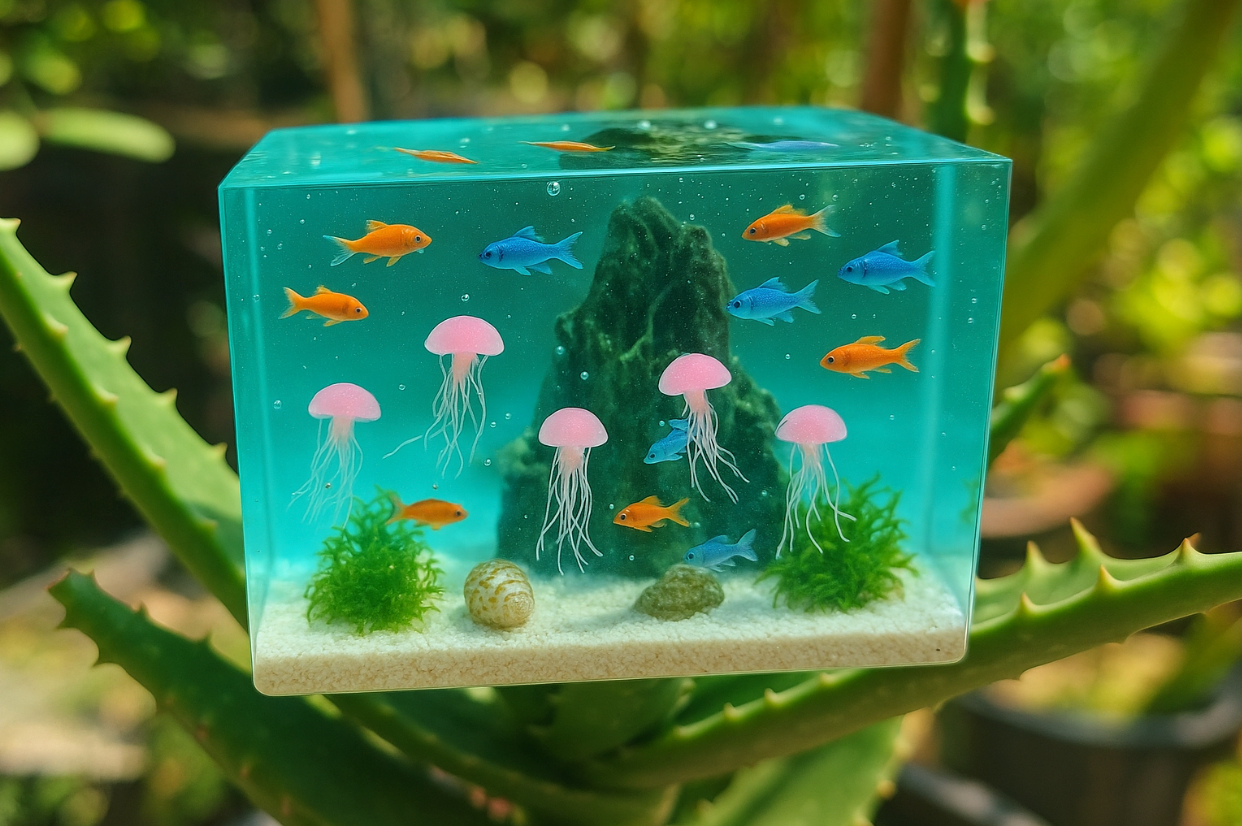

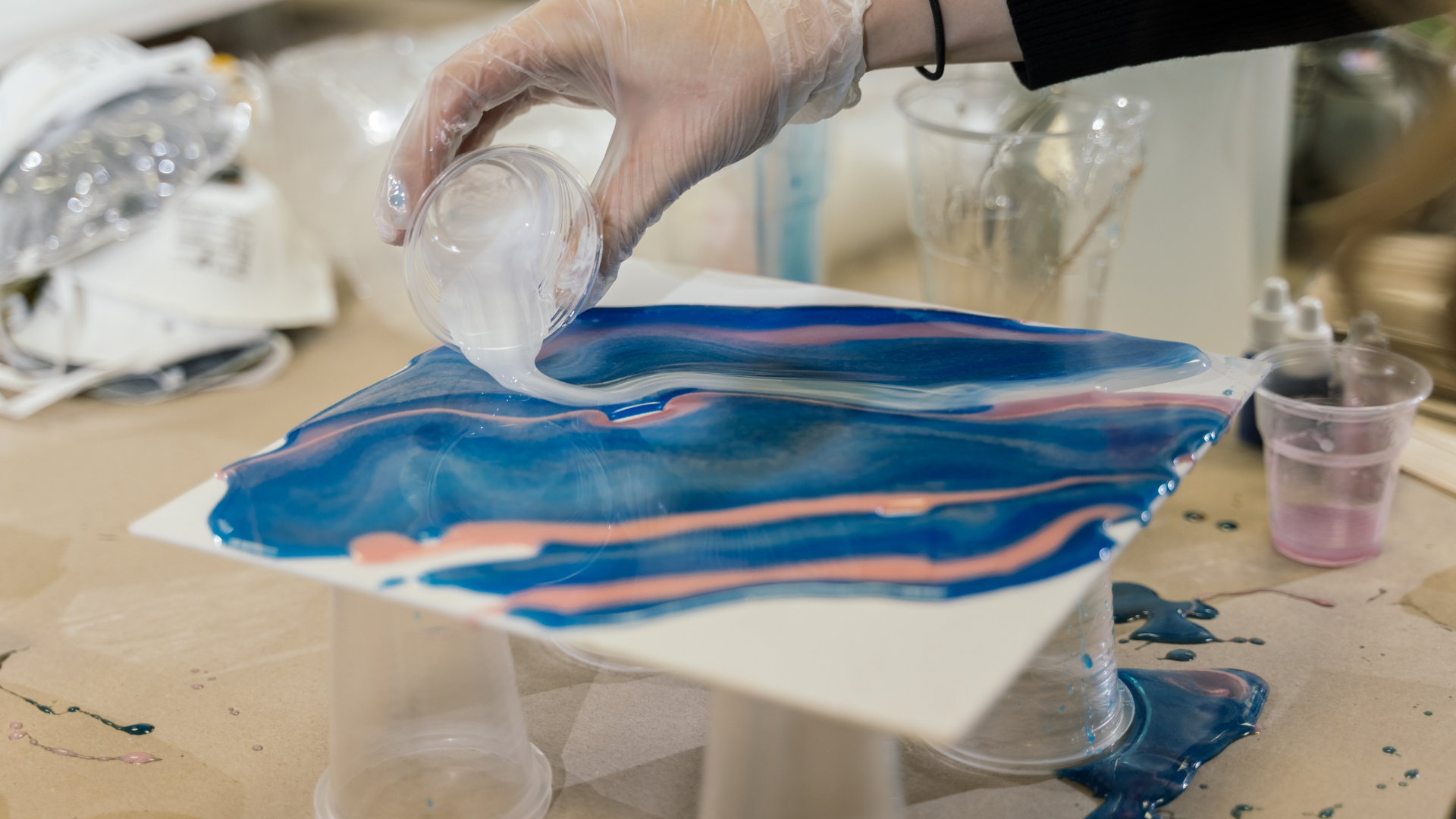
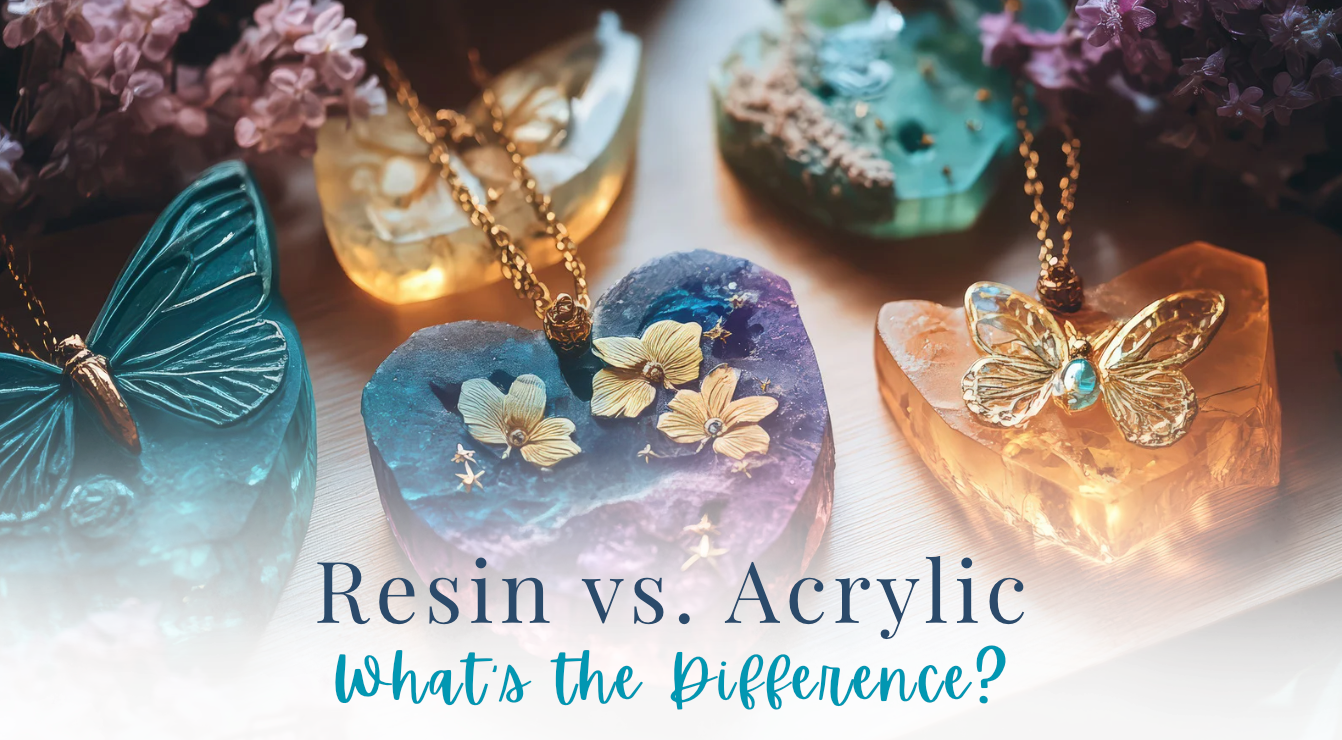

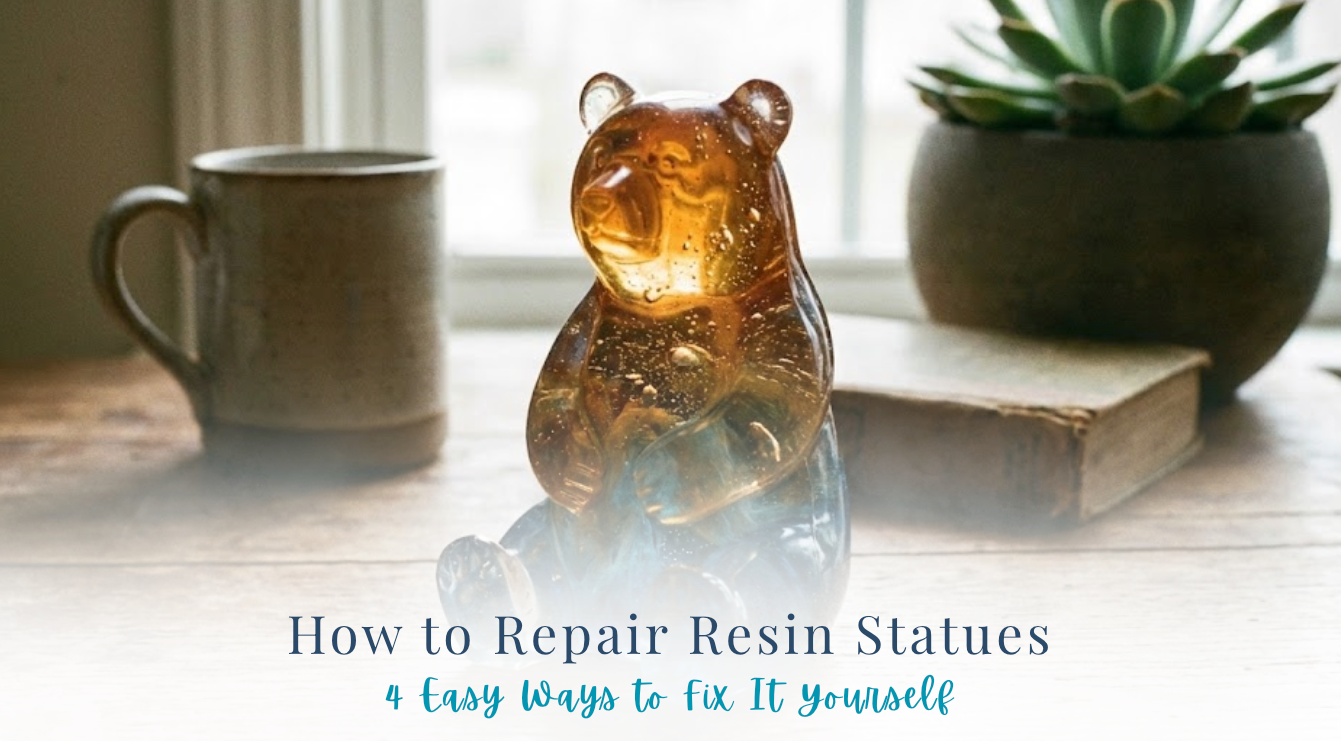

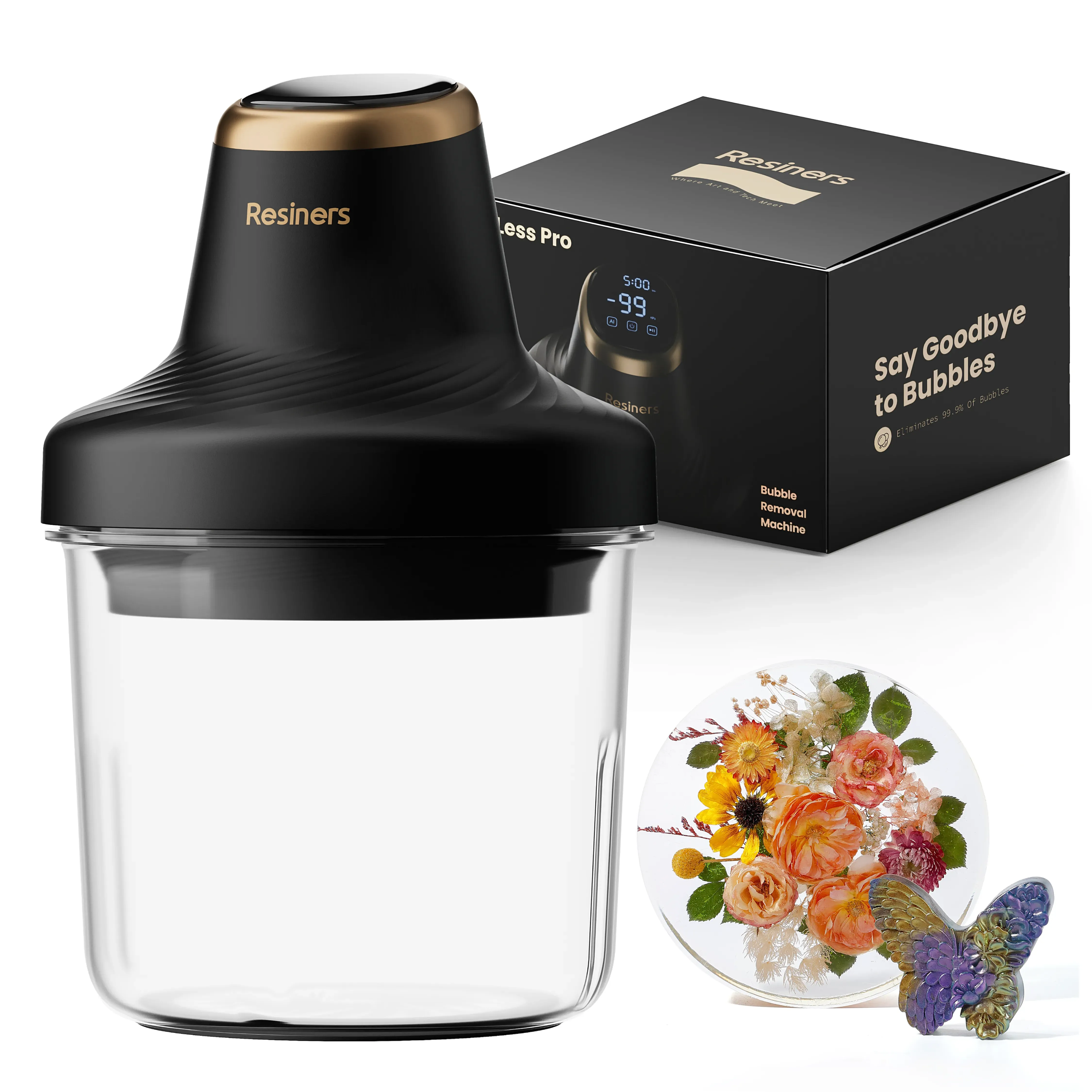
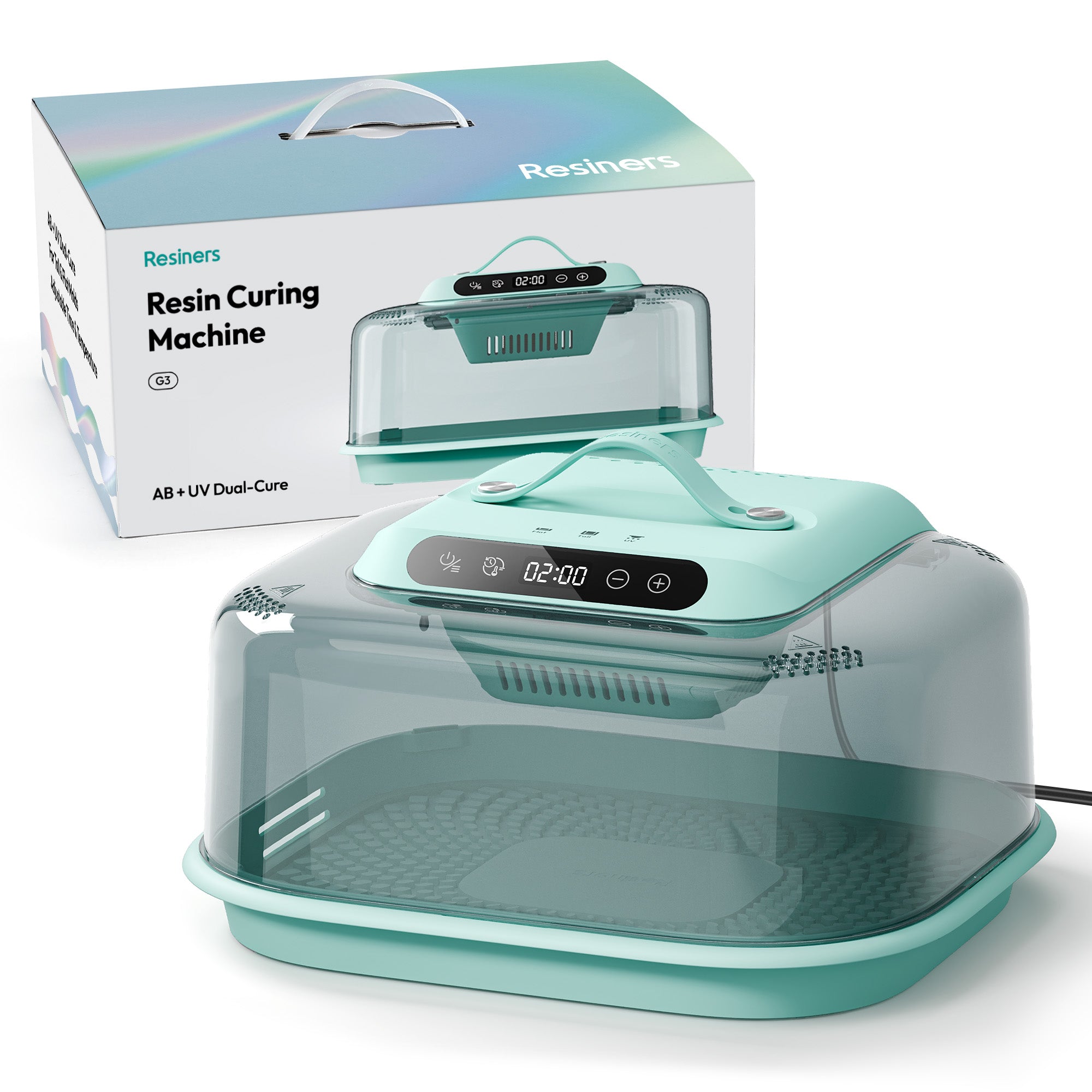
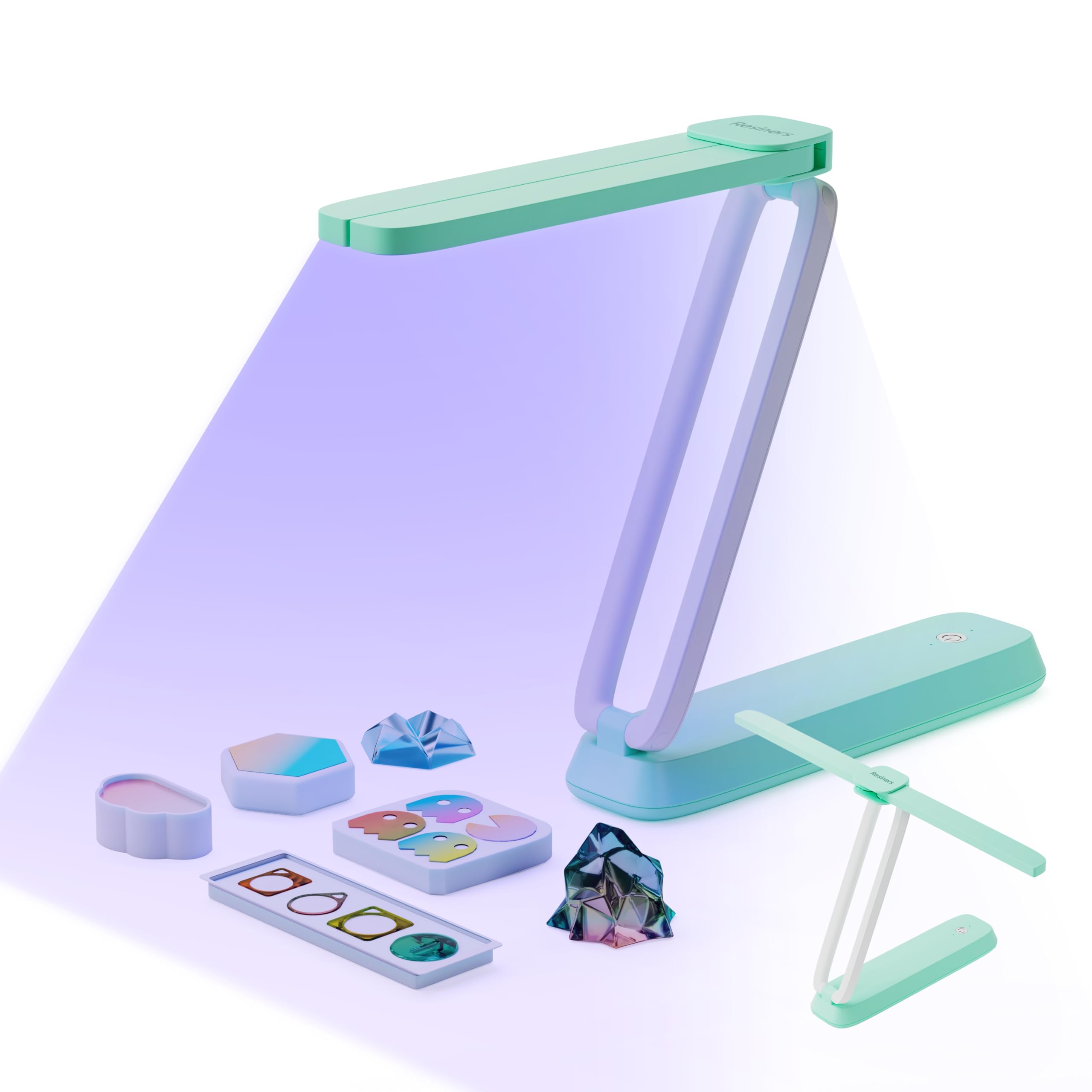

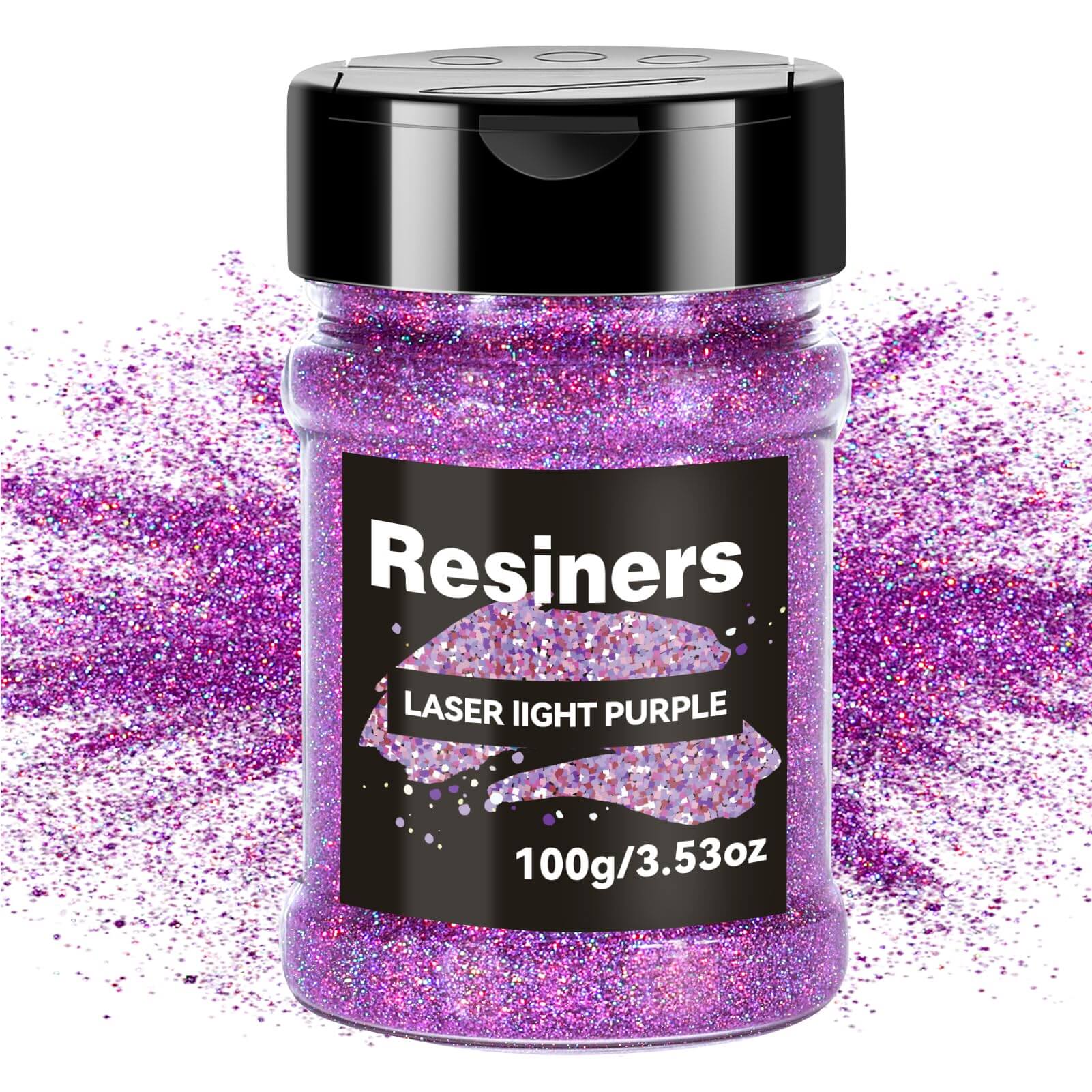
コメントを書く
このサイトはhCaptchaによって保護されており、hCaptchaプライバシーポリシーおよび利用規約が適用されます。